Kurtos kolac krazyness
On a trip to Romania, you will, at some point, see somewhere a place selling traditional Kurtos Kolac. These days you can find them in other European countries. I saw it in Utrecht, Holland but served in a different way than traditionally – a horn-shaped cake filled with ice cream, sounds familiar? Where this comes from, really and what is Kürtőskalács, really?
I and Ana interviewed a team of traditional producers, Rotana Food, that travels around Romania to cook and sell traditional Kurtos.
They are a small team with a trailer where they have everything they need to make the horned-shaped desert.
A shy boy, tells us they are from Târgu-Mureș:
“They are very popular in our county, top pick!”, that is where they originate from, from the secuime, a word that describes the communities of Hungarians in Transilvania, Romania, called also Székely Land.
Kürtő in Hungarian means horn and kalac which is cake in English or colac in Romanian and that is how this sweet bread got its name.
The earliest mentions are from Medieval times but the mentions in a cookbook date from 1784 cookbook of Countess Mária Mikes of Zabola.
It all started with a sweet bread, baked on a round rotating spit over a hot grill and sprinkled with sugar.
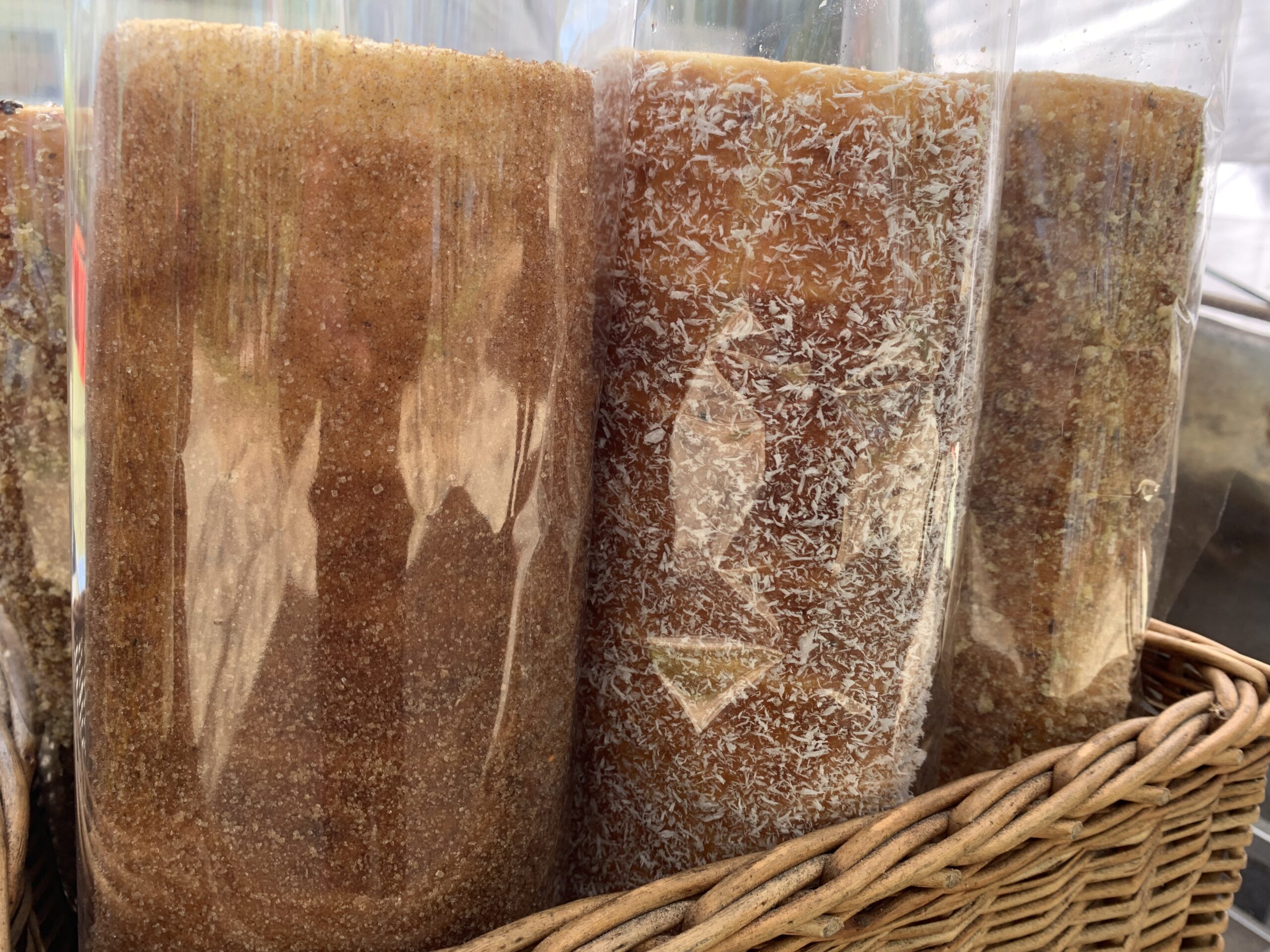
“That is our favourite!” Says the boy and the nice lady.
The other flavours, very popular are cinnamon and walnuts. But coconut is also a requested version. This year they introduced chocolate and dried raspberries.
“It is a simple, clean dough, that can be done without dairy products, if needed”.
Testing the Kürtőskalács
Looking at the ones already packed, Ana couldn’t help herself… are we buying one?
Even better, I think and ask: “Can we see one made and we will get it for us?”
The dough is thinly wrapped around a special stainless steel shape with a long stick so they can put it on top of a barbecue to grill it.
First, you sprinkle it with sugar, if you want the traditional way, then when it sits on top of the grill, being turned every minute it caramelises the sugar. Due to the high heat, it is ready quite fast.
Ours had 3!! different flavours, a sugar part, a cinnamon part and a walnut one.
The walnut and cinnamon are being tossed on as soon as you get it out of the grill, they will stick immediately.
It needs a couple of minutes to cool down and then they wrap it and hand it to you.
Now, I have had a few in my life but this one was really good. I appreciated the fact that it was crunchy on the outside but a bit fluffy inside. The trick is to know how much to keep them on the grill, too little, it will be slightly raw and will not fluff, too much, it burns.
The trouble is…when you go visit Romania, especially in Transilvania, in Prahova valley, if it is very crowded and there is a queue, in my experience, the bakers hurry and the Kurtos are rushed and not well cooked.
The lovely people that told us about Kurtos can be found in Bucharest, at weekends in parks – Alexandru Ioan Cuza (IOR), Sebastian Park, Tineretului and Crângași.
Whether you are living in Romania or visiting, I hope now you know more about what is Kürtőskalács, the true traditional one.
I recently discovered that this intimidating desert can be done in a normal oven…so I plan to try and I will report back to you.

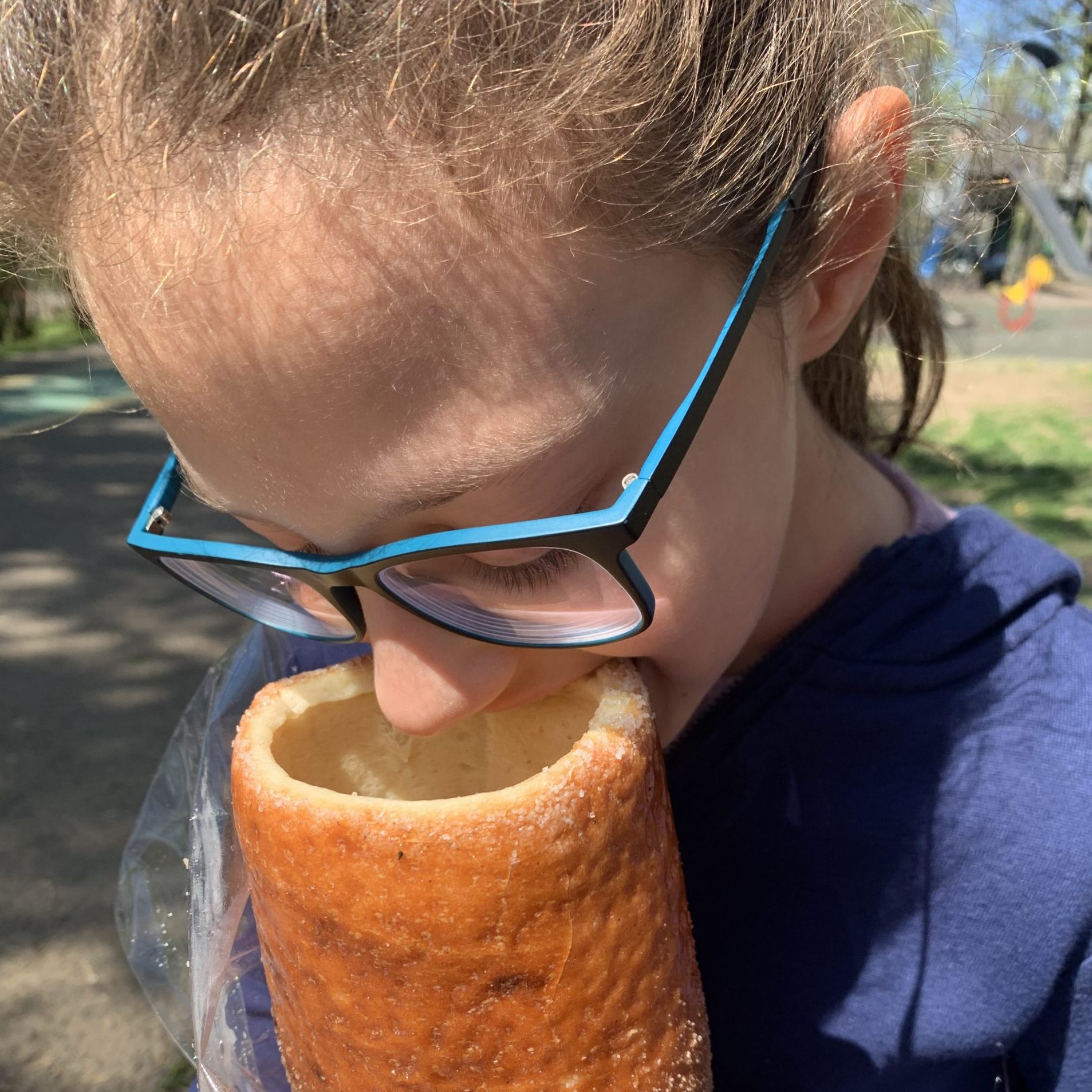

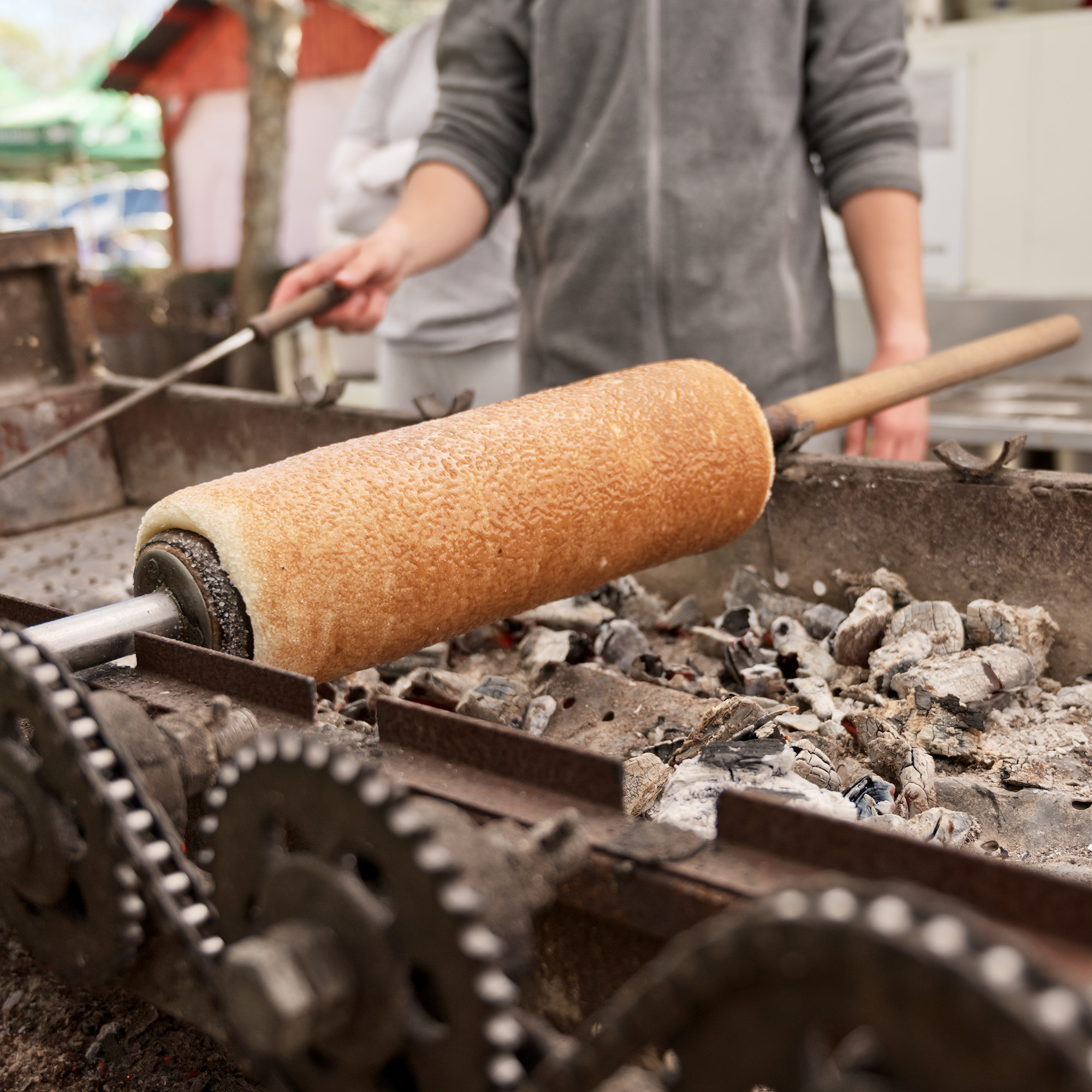
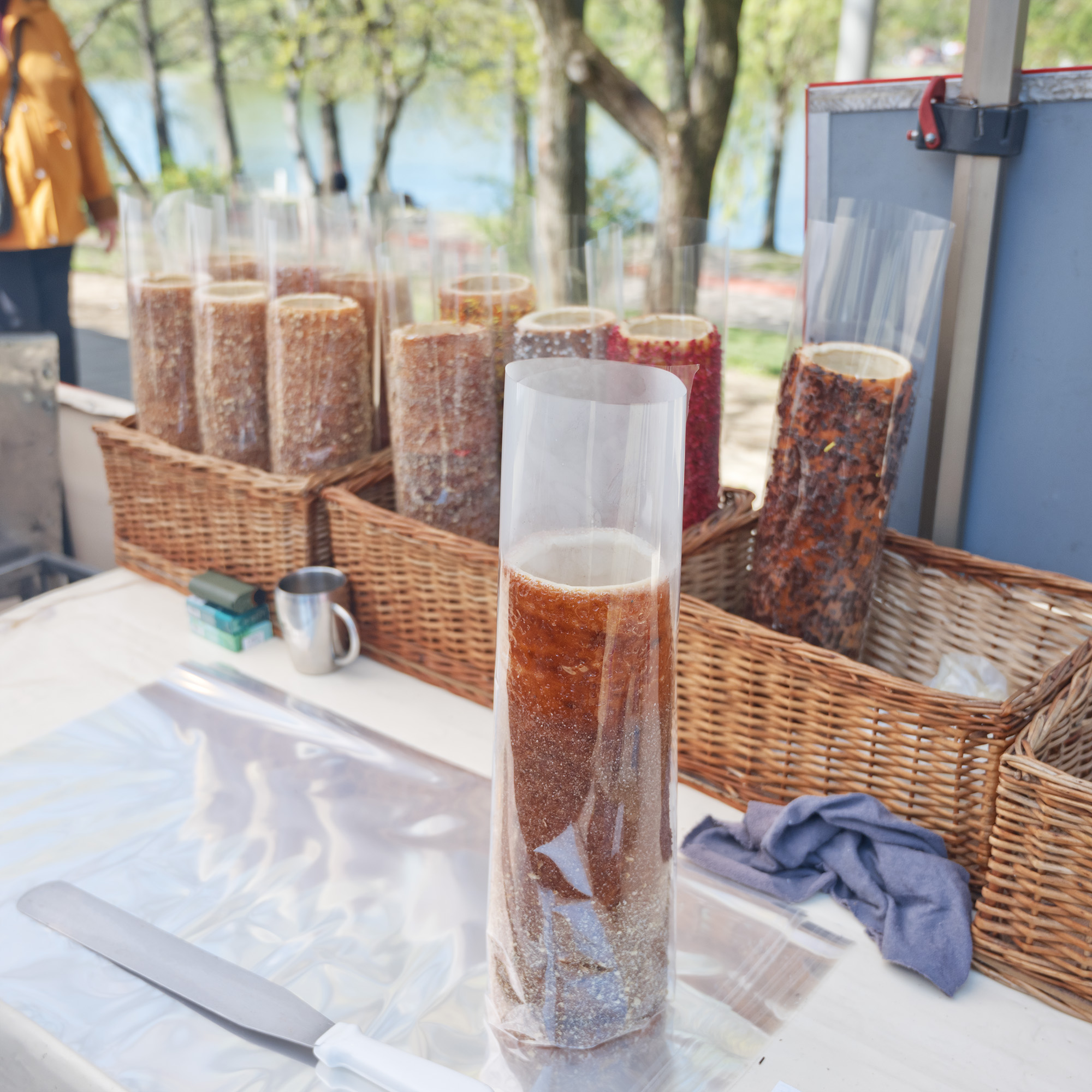
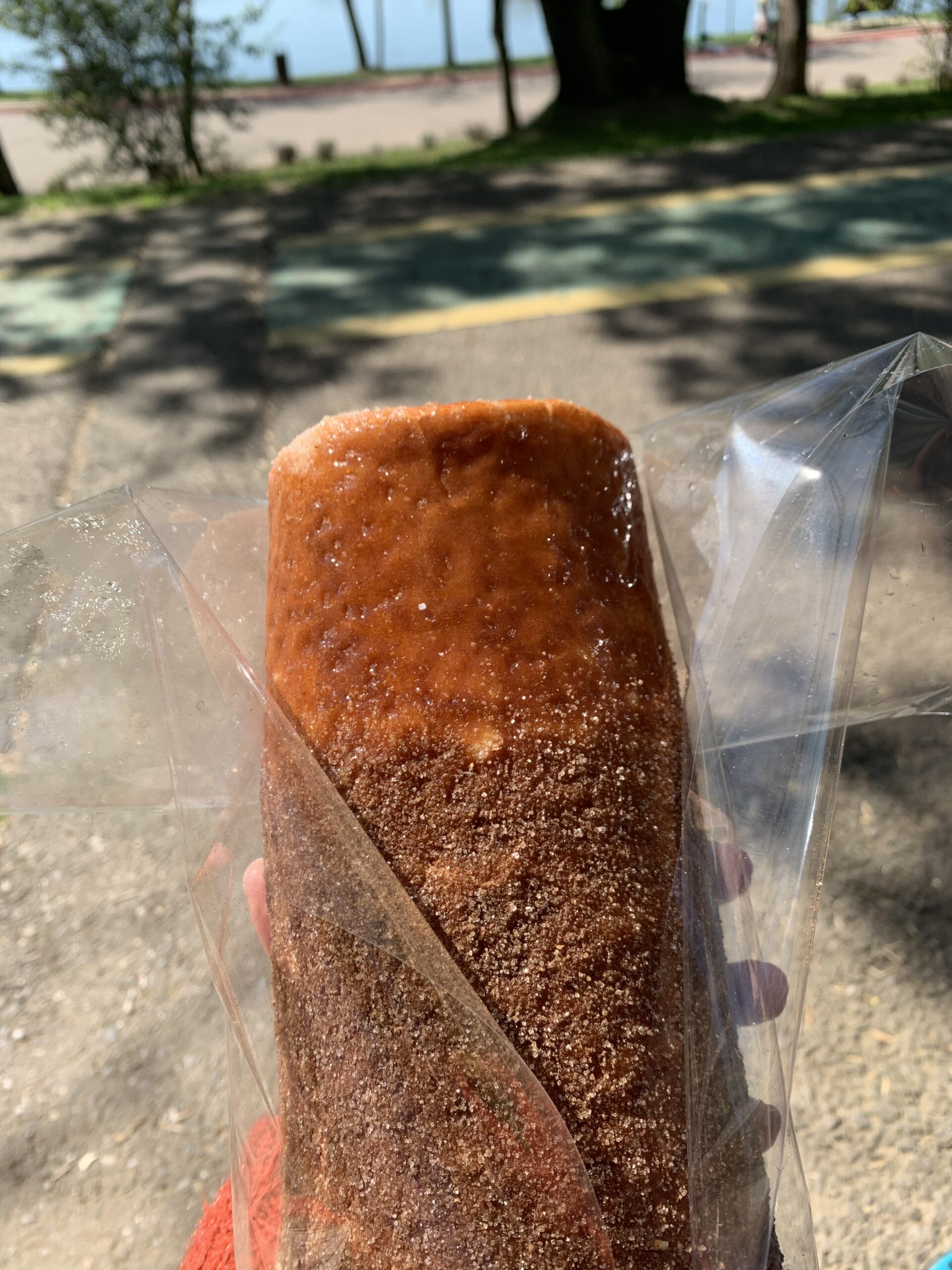

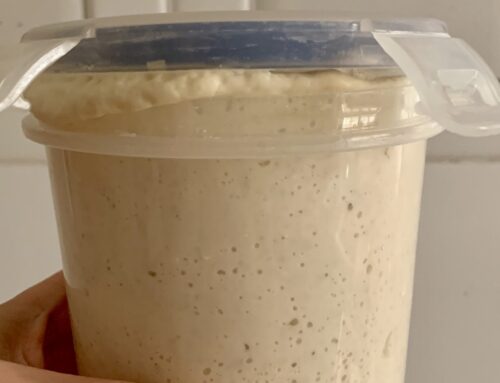
Leave A Comment